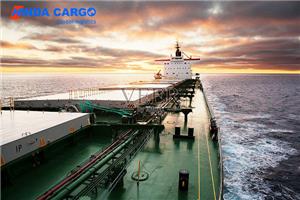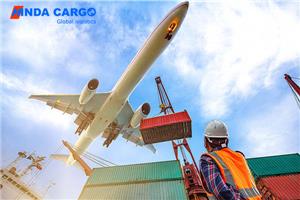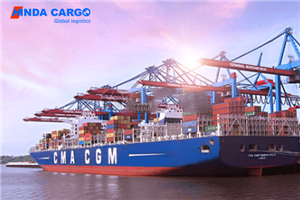What is the difference between FOB and FAS?
In international trade, correctly selecting and understanding trade terms (Incoterms) is an important prerequisite for ensuring the smooth progress of transactions. FOB (Free on Board) and FAS (Free Alongside Ship) are two commonly used shipping terms, which respectively stipulate the responsibilities and obligations of buyers and sellers during the transportation of goods.
This article will analyze in detail the meaning, difference and practical application of FOB and FAS in international trade to help companies better choose terms.

What is FOB?
FOB, the full name of Free on Board, means that the seller completes the delivery obligation after loading the goods on board the ship at the port of shipment. Specifically, the FOB term includes three key points: risk transfer, cost sharing, and practical application:
1. Risk transfer:
Under the FOB term, the seller completes the delivery when loading the goods on board the ship at the port of shipment, and the risk is also transferred to the buyer at this time. This means that after the goods are loaded on board, all risks and costs are borne by the buyer.
2. Cost sharing:
The seller bears the transportation costs from the factory to the port of shipment, export tariffs and loading costs. The buyer is responsible for the transportation costs, insurance costs, unloading costs and import duties at the port of destination after the goods are loaded.
3. Practical application:
FOB terms are widely used in sea and inland waterway transportation, and are suitable for buyers and sellers to have strong control over the operation and supervision of the port of shipment.
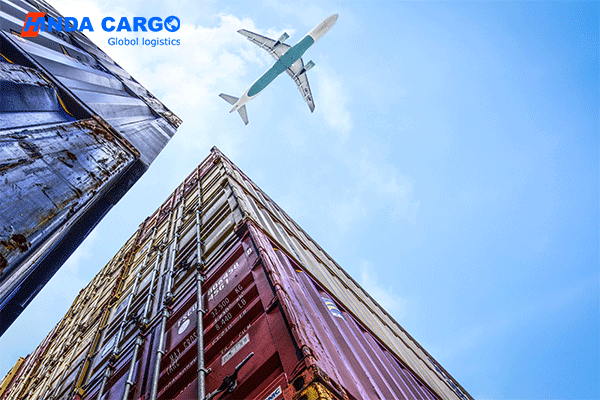
What is FAS?
FAS, the full name of Free Alongside Ship, means that the seller places the goods next to the ship designated by the buyer at the port of shipment to complete the delivery obligation. The FAS term, like the FOB term, contains three key points: risk transfer, cost sharing, and practical application:
1. Risk transfer:
Under the FAS term, the seller completes the delivery when he places the goods next to the ship designated by the buyer at the port of shipment, and the risk is transferred to the buyer at this time. That is, the seller is not responsible for loading the goods on board.
2. Cost sharing:
The seller bears the transportation costs and export duties from the factory to the port of shipment, while the buyer is responsible for the loading costs, transportation costs, insurance costs, unloading costs and import duties at the port of destination of the goods from the port of shipment.
3. Practical application:
FAS term is mainly used for sea and inland waterway transport, especially for bulk goods or goods that require special loading and unloading equipment.
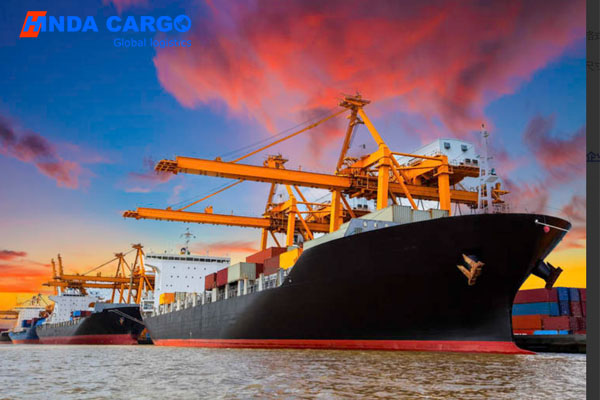
What is the difference between FOB and FAS?
Although both FOB and FAS are international trade terms used for sea transportation, they have significant differences in the place of delivery, time of risk transfer and cost sharing. The following are the main differences between FOB and FAS:
1. Difference in place of delivery:
● FOB: The seller's place of delivery is the ship at the port of shipment. The seller needs to load the goods onto the ship designated by the buyer and complete the delivery obligation at this time.
● FAS: The seller's place of delivery is next to the ship at the port of shipment. The seller needs to transport the goods to the side of the ship designated by the buyer and complete the delivery obligation at this time.
2. Difference in time of risk transfer:
● FOB: Under the FOB term, the risk is transferred to the buyer when the goods are loaded on the ship. After the goods are loaded on the ship, all risks and costs are borne by the buyer.
● FAS: Under the FAS term, the risk is transferred to the buyer when the goods are placed next to the ship. The buyer is responsible for all risks and costs of the goods from the port of shipment.
3. Differences in cost sharing:
● FOB: The seller bears the transportation costs, export tariffs and loading costs from the factory to the port of shipment. The buyer is responsible for the transportation costs, insurance costs, unloading costs and import tariffs of the goods after loading.
● FAS: The seller bears the transportation costs and export tariffs from the factory to the port of shipment. The buyer is responsible for the loading costs, transportation costs, insurance costs, unloading costs and import tariffs of the goods from the port of shipment.
Practical application of FOB and FAS
In actual operation, the choice of FOB and FAS terms should be based on the needs of specific trade transactions and the actual situation of cargo transportation. The following is a case analysis of the two terms in practical application:
Case 1: Application of FOB terms
A Chinese manufacturer signed an export contract for electromechanical equipment with a German buyer using the FOB term. According to the contract, the manufacturer needs to transport the equipment to Shanghai Port and is responsible for loading it on the ship designated by the buyer. After the equipment is loaded, the risks and costs are transferred to the German buyer. At this time, the buyer is responsible for paying the transportation costs, insurance costs, unloading costs and import tariffs from the Port of Shanghai to the German port.
Case 2: Application of FAS terms
A Brazilian agricultural product exporter signed a soybean export contract with a French buyer, using the FAS term. According to the contract, the exporter must transport the soybeans to the Port of Rio de Janeiro and place them next to the ship designated by the buyer. After the soybeans are placed next to the ship, the risks and costs are transferred to the French buyer. At this time, the buyer is responsible for paying the loading costs, transportation costs, insurance costs, unloading costs and import tariffs from the Port of Rio de Janeiro to the French port.
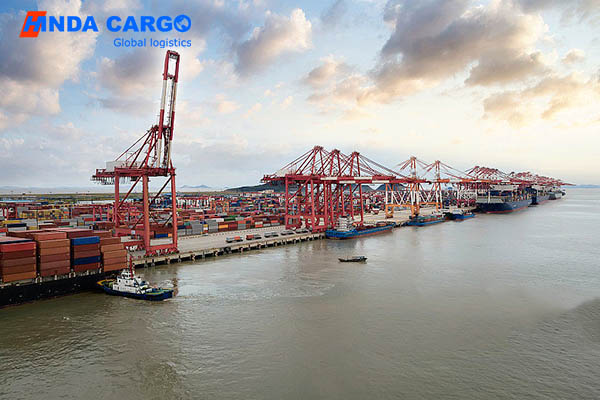
How to choose the appropriate term?
Choosing FOB or FAS terms depends on the specific needs and actual conditions of the buyer and seller. The following are several factors to consider when choosing the appropriate term:
1. Nature of the goods
For bulk goods that require special loading and unloading equipment or operations, the FAS term may be more appropriate because the seller only needs to place the goods next to the ship and is not responsible for loading operations. For general goods, the FOB term is more common.
2. Transportation Arrangement
Whether the buyer is willing to bear the loading operation and costs is also the key to choosing the terms. If the buyer has strong logistics capabilities and is willing to bear the loading operation, the FAS term is a suitable choice. If the buyer wants the seller to be responsible for the loading operation, the FOB term is more appropriate.
3. Risk Management
The risk management strategies of the seller and the buyer also affect the choice of terms. If the seller wants to transfer the risk as early as possible, the FAS term is a good choice. If the buyer wants to take control of the goods as early as possible, the FOB term is more appropriate.
Conclusion
The biggest difference between FOB and FAS terms: FOB means that the seller completes the delivery obligation after loading the goods on board the ship at the port of shipment. FAS means that the seller completes the delivery obligation by placing the goods next to the ship designated by the buyer at the port of shipment.

